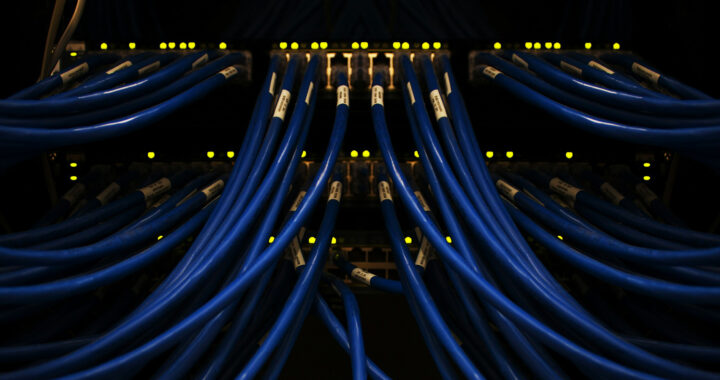The applications of artificial intelligence are expanding, but behind the scenes, it relies on massive data centers that consume enormous amounts of electricity and water. Researchers at Cornell University, including Professor Fengqi You and PhD student Tianqi Xiao, sought to understand how this trend would impact the environment of the United States by 2030.
The AI Boom Could Zap and Drain the United States: Billions of Kilowatt-Hours of Electricity and Millions of Cubic Meters of Water at Stake By 2030
AI is growing faster than the systems built to power it. A sweeping new analysis reveals that U.S. data centers could generate emissions equal to 10 million cars and consume enough water for 10 million homes by 2030.
In their pursuit, the team gathered detailed data on AI infrastructure, including financial reports, manufacturing trends, power system information, and regional climate conditions. They also used AI to fill in missing data where gaps existed. This allowed them to build models predicting energy, water, and carbon impacts of AI systems across different U.S. regions.
The projections were striking. AI infrastructure in the United States could produce 24 million to 44 million metric tons of carbon dioxide per year by 2030. This is roughly the same as adding 5 million to 10 million cars to roads. Water use could reach 731 million to 1125 million cubic meters. This is equivalent to providing 6 million to 10 million households annually.
Location matters more than many people realize. Many new data centers cluster in water-scarce regions like Nevada, Arizona, and northern Virginia. This could put severe strain on local supplies. States in the Midwest and wind belt, including Texas, Montana, Nebraska, and South Dakota, have lower water stress and cleaner electricity, making them better choices.
Even areas with low-carbon power, like New York, still require careful planning to manage cooling demands. Cooling large server farms consumes a significant portion of water. This translates to the fact that efficiency improvements and alternative cooling methods, like liquid cooling and passive cooling approaches, are crucial to minimize environmental impact.
The researchers also examined mitigation strategies. Combining smarter siting, faster grid decarbonization, and operational efficiency could reduce carbon emissions by about 73 percent and water use by 86 percent compared to worst-case projections. Better server utilization and advanced cooling systems could further lower resource consumption.
Residual emissions remain a concern despite the suggested improvements. To be specific, even with high renewable energy adoption, the study estimates about 11 million tons of carbon dioxide would remain by 2030. Achieving net-zero emissions would require roughly 28 gigawatts of wind power or 43 gigawatts of solar power to offset these remaining emissions fully.
The researchers stress that the choices made now will shape the environmental impact of AI for decades. This is the critical build-out moment for the artificial intelligence infrastructure of the United States. Industry, regulators, and utilities must coordinate decisions on location, energy sourcing, and cooling strategies to prevent AI from becoming a new climate burden.
Hence, based on the above, the results underscore an important lesson. The decisions made today about where and how to build data centers will determine whether the AI capabilities of the U.S. accelerate sustainability or become a new strain on energy and water systems. Acting now can turn a potential environmental challenge into a model of responsible innovation.
The study was published on 10 November 2025 in Nature Sustainability. It also involved additional researchers from KTH Royal Institute of Technology in Sweden, Concordia University in Canada, and RFF-CMCC European Institute in Italy. The research was positioned as a roadmap for balancing AI innovation with environmental responsibility and resource sustainability.
FURTHER READING AND REFERENCE
- Xiao, T., Nerini, F. F., Matthews, H. D., Tavoni, M., and You, F. 2025. “Environmental Impact and Net-Zero Pathways for Sustainable Artificial Intelligence Servers in the USA.” Nature Sustainability. DOI: 1038/s41893-025-01681-y
